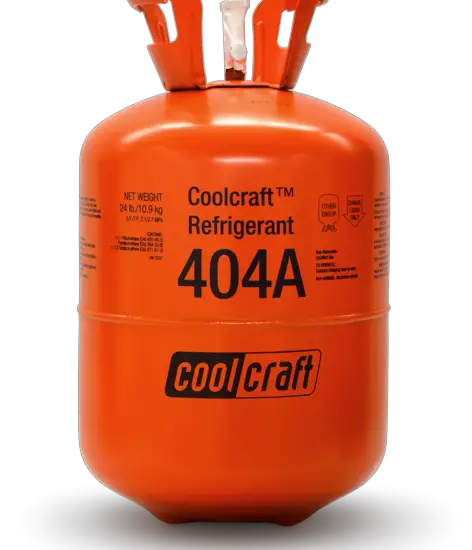After recovering refrigerant from a sealed system, what do you do next? If you’re scratching your head, don’t sweat it. This article’s got your back! We’ll walk you through the process step-by-step, no fluff, just facts. We’ll cover everything from post-recovery procedures to safety tips. Ready to become a refrigerant recovery guru? Let’s roll!

Table of Contents
Post-Recovery Procedures
So, you’ve just recovered the refrigerant from a sealed system. What’s the next step? Let’s talk about handling the recovered refrigerant and what to do with your system after recovery.
Handling the Recovered Refrigerant
You’ve got this container of recovered refrigerant, and you might be asking, “What do I do with this stuff?” Not to worry, we’re about to enlighten you.
Storage considerations for the recovered refrigerant
First things first, storage. It’s vital to store the recovered refrigerant in a cool, dry, well-ventilated area away from direct sunlight. That’s according to EPA guidelines, folks, so don’t disregard it!
Legal requirements for refrigerant disposal
When it comes to disposal, there are legal guidelines that you need to stick to. Trust us, the last thing you want is to be on the wrong side of EPA regulations. Follow the rules, and you’re golden.
For more articles on refrigerants, click here.
Performing System Maintenance Post-Recovery
Now, let’s switch gears and talk about your system. It’s been through a lot, and it’s going to need some TLC post-recovery.
Checking for system leaks
Start by checking for leaks. Think of it like a detective, hunting for clues. Remember, small leaks can lead to big problems down the line, so this step is crucial. Need a resource for that? The EPA got you covered.
Recharging the system with new refrigerant
Next, it’s time to recharge your system with new refrigerant. It’s like giving it a fresh new lease on life. But take care, folks, recharging needs to be done correctly to ensure your system functions efficiently.
Best Practices and Safety Tips for Refrigerant Recovery
Let’s transition to safety now, because, let’s face it, safety’s paramount, right?
Key Safety Measures During the Recovery Process
There are some key safety measures you need to know during the recovery process. Let’s get you familiar with them.
Handling refrigerants safely
Dealing with refrigerants isn’t a walk in the park. You’ve got to handle these substances safely. Using safety goggles, gloves, and properly ventilating your workspace are non-negotiables. No playing fast and loose with safety here, alright?
Using recovery equipment correctly
When it comes to using recovery equipment, do it right or don’t do it at all. Seriously, improper use can lead to damage, leaks, and a whole lot of trouble. So, always follow the manufacturer’s instructions, okay?
Staying Compliant with EPA Regulations
You may have picked up on this by now, but EPA regulations? They’re a big deal in the refrigerant recovery world.
Understanding EPA certification requirements
If you’re going to recover refrigerant, you’ve got to understand EPA certification requirements. Think of it as your refrigerant recovery driver’s license. Without it, you’re not legally allowed to operate, capisce?
Following refrigerant recovery regulations
Lastly, always follow refrigerant recovery regulations. It’s not just about being a law-abiding citizen (though that’s important too). It’s also about doing your part to protect our environment. Because at the end of the day, isn’t that what it’s all about?
Conclusion
And there you have it, folks. A crash course in what to do after recovering refrigerant from a sealed system. It’s been a wild ride, hasn’t it?
Importance of correct refrigerant recovery
Correct refrigerant recovery is essential. Not just for the efficiency of your system, but also for our environment. We all want to breathe clean air, right? That’s what correct refrigerant recovery helps ensure.
Key steps for a successful and safe recovery process
The key steps for a successful and safe recovery process? It’s all about preparation, execution, and follow-up. Make sure you’ve got the right equipment, know your EPA regulations, and always prioritize safety. Simple, isn’t it?